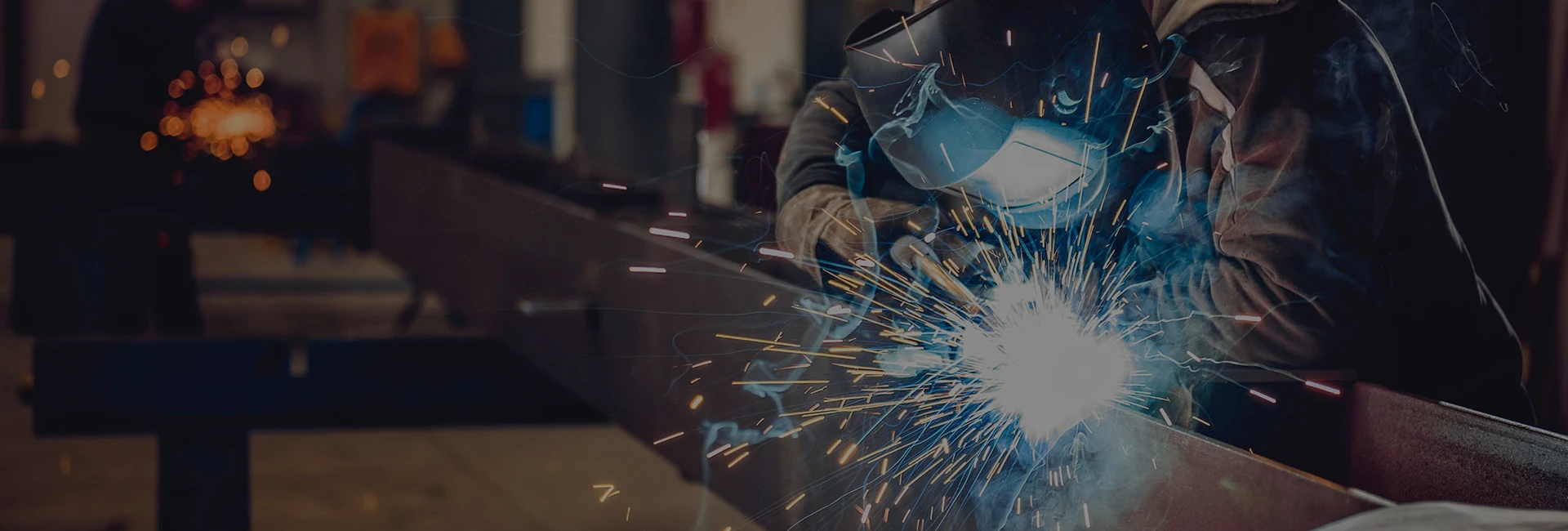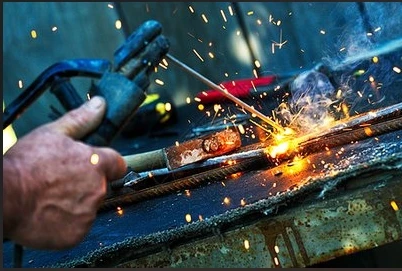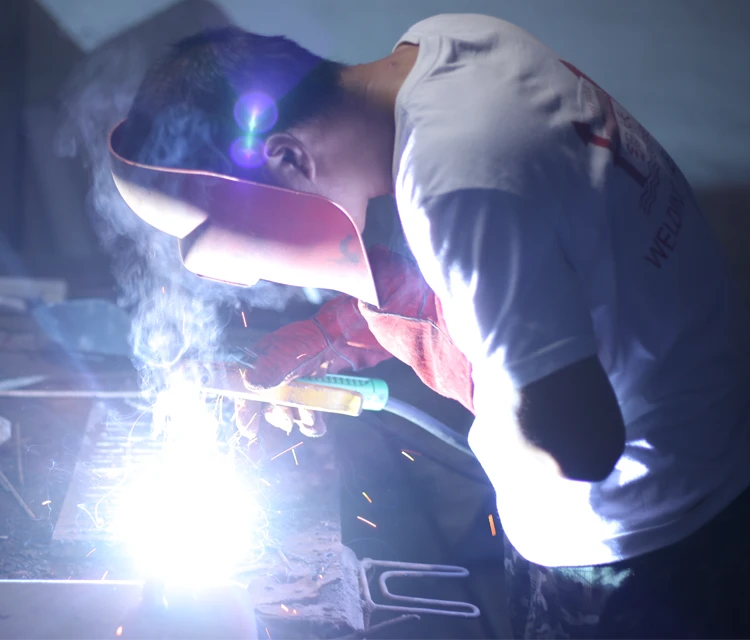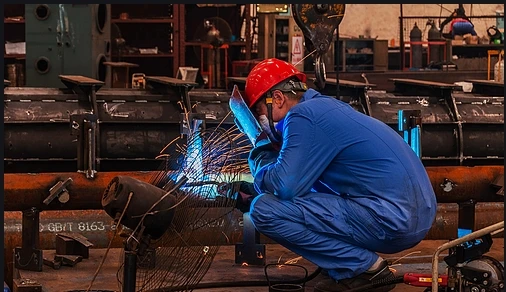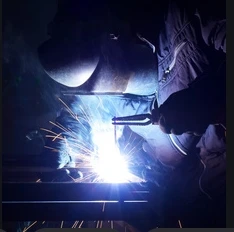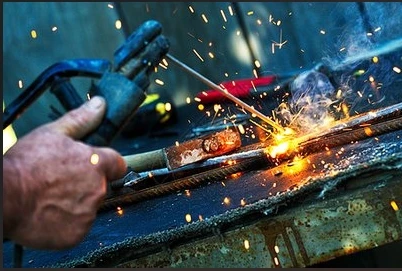How To Choose The Right Casting Electrode For Pipeline Welding
8月 . 29, 2025 15:21
Pipeline networks form the vital arteries of modern infrastructure, transporting essential resources like oil, gas, and water across vast distances. Ensuring the integrity and longevity of these pipelines is paramount, demanding meticulous welding practices, especially when repairs involve challenging materials like cast iron components – valves, pump housings, or historical connections. Selecting the correct welding consumable is not just a matter of convenience; it's critical to preventing catastrophic failure. Dingzhou Jinlong Metal Production Co., Ltd., a leading manufacturer situated in the industrial zone of Dingzhou city, Hebei province, China, stands as a significant supplier in this field. Leveraging powerful manufacturing capabilities and advanced technology, Jinlong operates an international-standard electrode production line with complete testing facilities, achieving an impressive annual output of 50,000 tons. Their expertise extends to a wide range of welding consumables, including the specialized cast iron welding rod solutions crucial for pipeline maintenance and repair. Under their self-owned "Copper Bridge" brand, exported globally to Southeast Asia, the Middle East, South America, and Africa, Jinlong consistently delivers products characterized by arc stability, minimal spatter, uniform slag coverage, excellent weld bead appearance, and robust mechanical properties such as strength, plasticity, toughness, and porosity resistance. This article provides a manufacturer's perspective on navigating the complexities of choosing the optimal casting electrode for pipeline welding tasks involving cast iron.
Welding cast iron in pipeline applications presents unique hurdles. The material's inherent high carbon content and brittle nature make it exceptionally prone to cracking during the heating and cooling cycles inherent in welding. Rapid cooling can induce hard, brittle martensite formation in the Heat-Affected Zone (HAZ), while thermal stresses easily exceed the material's low ductility, leading to cold cracks. Furthermore, the formation of hard, crack-sensitive carbides is a constant risk. Overcoming these challenges requires electrodes specifically engineered to manage heat input, control dilution, and provide a weld deposit with compatible properties. This is where specialized 鋳鉄棒 become indispensable.
Understanding Pipeline Challenges Demanding Cast Iron Welding Rods
The need for cast iron welding rod use in pipelines often arises during repair, modification, or maintenance of existing infrastructure. Common scenarios include:
- Repairing cracks or damage:In cast iron valve bodies, pump housings, or pipe sections, especially in older systems.
- Joining cast iron to other metals:Connecting a cast iron flange to a steel pipeline segment.
- Building up worn surfaces:Restoring sealing faces on cast iron valves or fittings.
- Modifying or adding attachments:Installing lugs or supports onto cast iron pipeline components.
The core challenge lies in cast iron's poor weldability. Standard steel electrodes are unsuitable as their high tensile strength and different thermal expansion coefficient create significant stresses, almost guaranteeing cracking in the brittle cast iron base metal or the weld interface. The weld must accommodate the base metal's limitations – managing shrinkage stress, minimizing the HAZ hardness, and preventing the formation of hard, crack-promoting microstructures. Specialized casting electrode formulations are designed precisely to address these issues, making their correct selection and application fundamental to successful, durable pipeline repairs.
Key Properties of Effective Cast Iron Rods for Pipelines
すべてではない 鋳鉄棒 are created equal, and pipeline applications demand specific performance characteristics. Dingzhou Jinlong's expertise in consumable manufacturing ensures their cast iron welding rod solutions incorporate critical properties:
- Specialized Coatings:The coating on a cast iron welding rod is crucial beyond arc stabilization. It often contains:
- Graphite Formers:To introduce carbon into the weld pool, helping match the base metal composition and reduce dilution-related hardening.
- Slag Formers:Providing thermal insulation to slow the cooling rate dramatically, preventing martensite formation and allowing stresses to dissipate. This slag must also be easily removable.
- Deoxidizers:To combat porosity caused by impurities in the cast iron.
- Low Melting Point & Excellent Wetting Action:Effective 鋳鉄棒 melt at a lower temperature than the base metal, minimizing heat input and reducing the size of the brittle HAZ. They also exhibit superior wetting action, flowing smoothly onto the often dirty, greasy, or graphitized surfaces of cast iron pipeline components.
- Machinability:Repairs on valve seats or flanges often require post-weld machining. Nickel-based casting electrode deposits are renowned for their good machinability, similar to the base cast iron.
Integrating Casting Electrodes into Pipeline Welding Procedures
Choosing the right cast iron welding rod is only half the battle; meticulous procedure is essential for success in pipeline welding:
- Preparation is Paramount:Thoroughly clean the repair area, removing all grease, oil, paint, and dirt. V-cracking cracks completely and drill stop holes at crack ends. Preheating the entire casting to 300-650°C (depending on size, complexity, and electrode type) is often critical to slow cooling rates and reduce thermal shock. Jinlong provides specific guidelines with their 鋳鉄棒.
- Technique Matters:Use the lowest amperage that gives good fusion. Employ short, intermittent "stitch" welds (typically 1-2 inches), allowing the weld to cool significantly (to below ~50°C) before depositing the next stitch. Peening each weld bead lightly while still hot helps relieve stresses. Maintain a short arc length.
- Post-Weld Heat Treatment (PWHT):For critical pipeline components, controlled slow cooling (buried in insulating material like lime or vermiculite) or a full stress relief anneal is highly recommended to further minimize residual stresses and ensure long-term integrity. Never quench the weld.
- Complementary Products:While focused on casting electrode selection, Dingzhou Jinlong's comprehensive "Copper Bridge" range ensures supporting materials are available. Their core strength lies in high-volume production of:
|
Types Of Electrodes |
Introduction |
用途 |
|
Model: CB-J421 |
GB: E4313 AWS: E6013 Titania coated carbon steel electrode. AC/DC. All position. Excellent performance, easy reignition, stable arc, beautiful weld. |
Welding low carbon steel structures, thin plates, cosmetic welding requiring glossy beads. |
|
Model: CB-J425 |
GB: E4311 AWS: E6011 Cellulose potassium coated carbon steel electrode. AC/DC. Excellent performance, beautiful vertical down welds, low slag, high efficiency. |
Butt, fillet, lap welding on thin low carbon steel (power plant flues, ducts, tanks, hulls, auto panels). |
|
Model: CB-J508 |
GB: E5018 AWS: E7018 Low hydrogen coated carbon steel electrode. AC/DC. Excellent performance, easy reignition, stable arc, beautiful weld. Low hydrogen minimizes cracking. |
Welding carbon & low alloy steels (e.g., 16Mn), critical for high-strength, thick sections, or crack-sensitive applications. |
よくある質問 about Casting Electrodes
What is the main advantage of using a nickel-based cast iron welding rod for pipeline repairs?
The primary advantage of nickel-based 鋳鉄棒 is their ability to deposit a soft, ductile, and machinable weld metal that minimizes stress on the brittle cast iron base metal. Nickel significantly reduces hardening in the heat-affected zone (HAZ) and has a thermal expansion coefficient closer to grey cast iron than steel, drastically lowering the risk of cracking during or after welding, which is critical for pipeline integrity.
Can standard steel electrodes like E6013 be used to weld cast iron rods pipeline components?
No, using standard steel electrodes like E6013 on 鋳鉄棒 applications is strongly discouraged. The resulting weld deposit is high-strength steel, which creates extreme stress due to differing expansion/contraction rates and hardness. This almost inevitably leads to cracking in the weld or the adjacent brittle cast iron, compromising the repair and posing a significant risk of pipeline failure.
Why is preheating essential when using a casting electrode on cast iron?
Preheating (typically 300-650°C) is crucial when using a casting electrode on cast iron because it slows down the cooling rate of the weld and surrounding base metal after welding. Rapid cooling causes the formation of extremely hard, brittle martensite in the HAZ and generates high thermal stresses, both major causes of cracking. Slower cooling allows stresses to dissipate and prevents undesirable hard phases.
How should I manage cooling after welding with cast iron rods?
After completing the weld with 鋳鉄棒, controlled slow cooling is vital. This involves either burying the welded component in an insulating material like dry sand, lime, or vermiculite immediately after welding, or using a controlled furnace cool if possible. Never allow the repair to cool rapidly in ambient air or, especially, quench it with water or compressed air, as this guarantees cracking.
Is the weld metal deposited by a cast iron welding rod machinable?
Yes, weld metal deposited by high-quality nickel-based 鋳鉄棒 is generally machinable. This is a key requirement for pipeline repairs involving valve seats, flanges, or pump housings where precise dimensions and surface finishes are needed post-weld. Pure nickel electrodes offer the best machinability, closely matching grey cast iron.
Selecting the correct cast iron welding rod is a critical decision for ensuring the success and longevity of repairs on cast iron pipeline components. The inherent brittleness and high carbon content of cast iron necessitate specialized consumables designed to manage heat input, minimize stress, prevent HAZ hardening, and deposit compatible, often machinable, weld metal. Dingzhou Jinlong Metal Production Co., Ltd., with its substantial 50,000-ton annual capacity, advanced manufacturing technology, and globally recognized "Copper Bridge" brand, provides high-volume, reliable solutions in this demanding niche. Their expertise ensures that 鋳鉄棒 possess the necessary properties – controlled nickel-based alloys, specialized coatings for slow cooling and slag control, low melting points, and excellent wetting action. Success, however, hinges on integrating the right casting electrode with meticulous procedures: thorough cleaning, appropriate preheating, careful welding technique (short stitches, peening), and, crucially, controlled slow cooling. By understanding the material challenges and leveraging manufacturer expertise like Jinlong's, pipeline engineers and welders can confidently execute durable repairs, maintaining the critical flow and safety of pipeline infrastructure worldwide.



